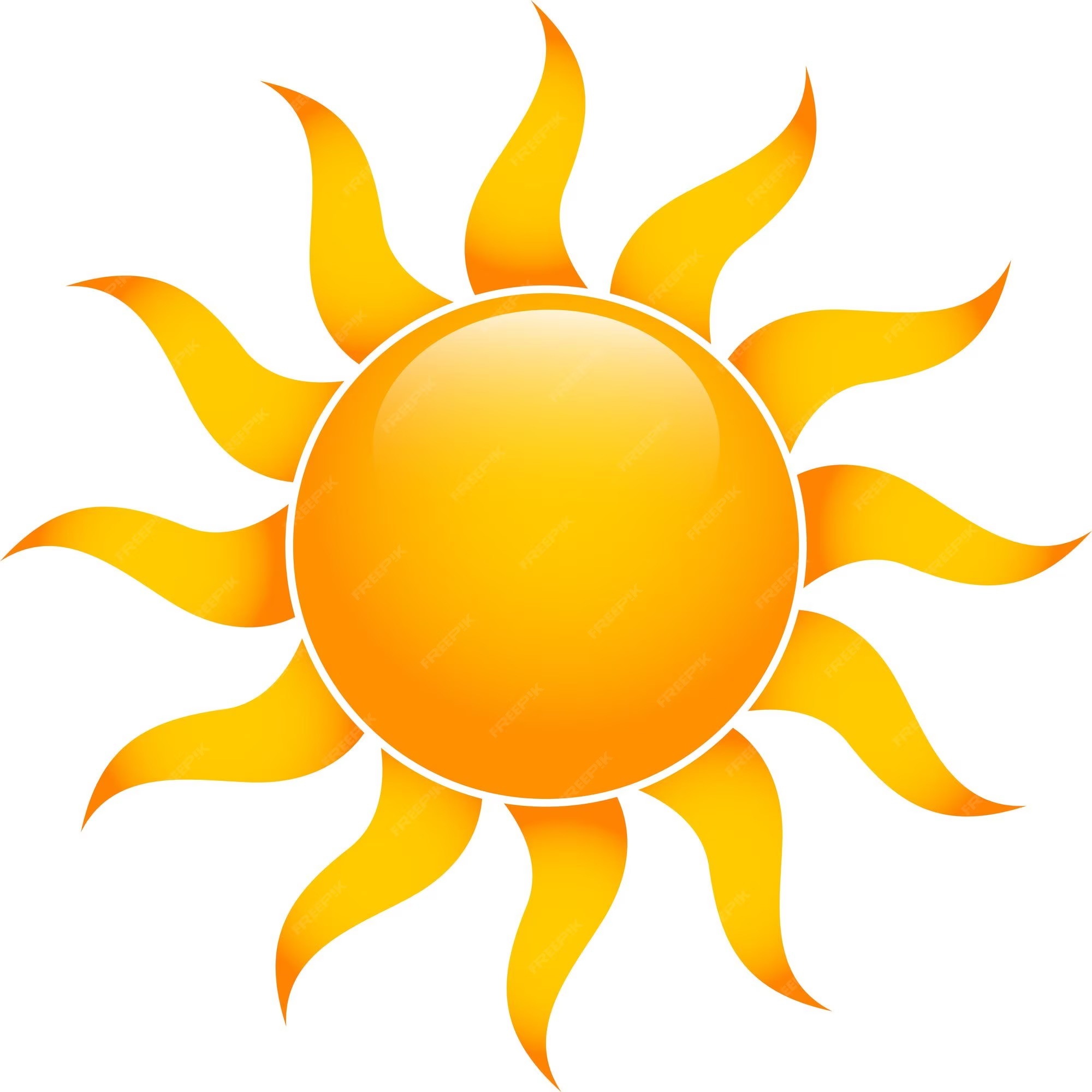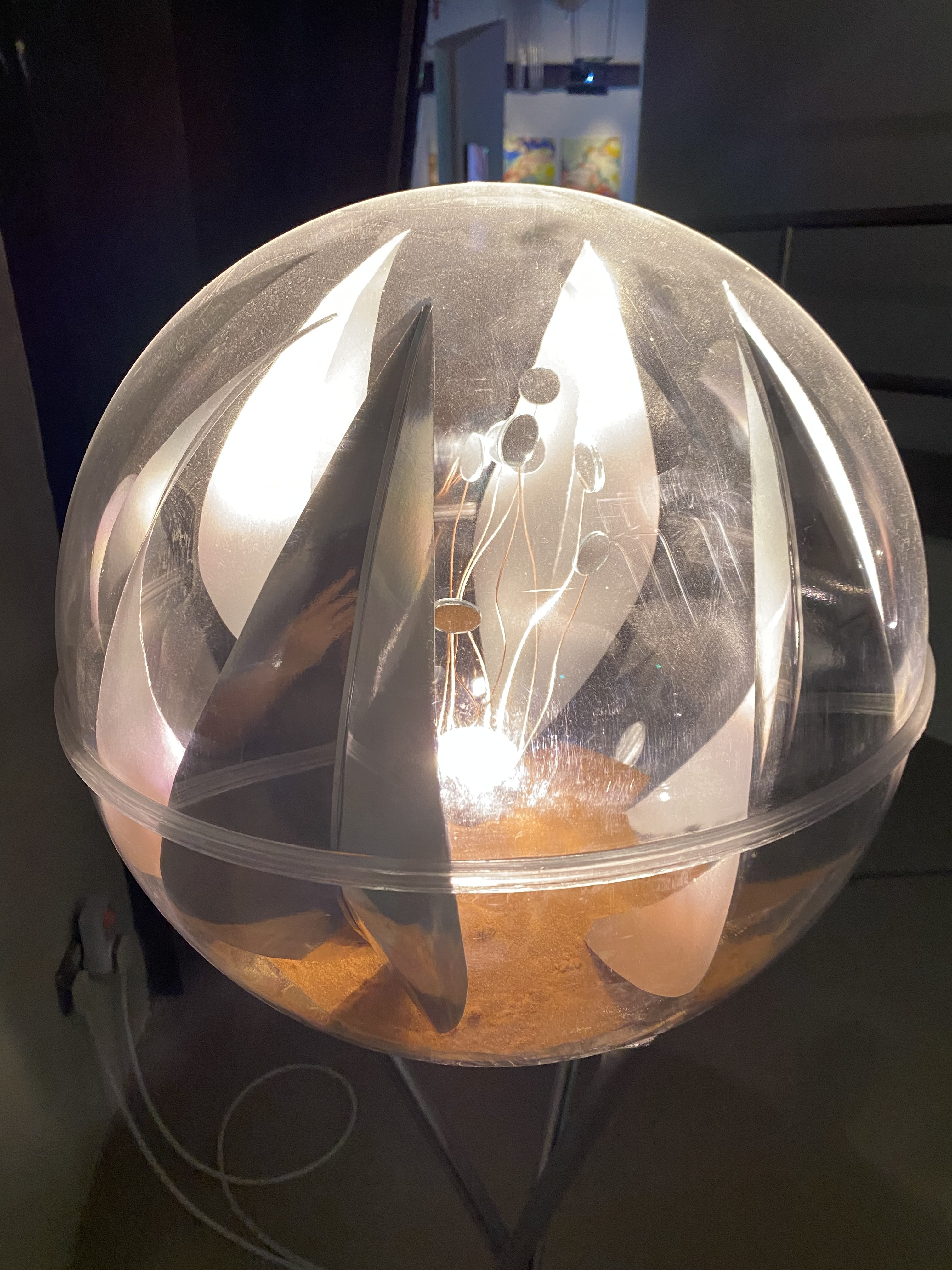deleted by creator
I read that completely differently from how it was meant.
They’re pushing out fossil fuel furnaces.
Been a little while since I looked up the utility rates, but last I remember gas is about 1/7 the cost of electricity in Saskatchewan. Makes it hard to justify heat pumps for heating in most places. Hope the technology continues to improve and it’ll be a more sustainable option when we have a more sustainable grid.
Gas furnaces achieve about 96-98% efficiency. Heat pumps achieve 300-400%. So you have to factor that in.
There’s still a cost difference but the hope is for governments to start supporting serious nuclear energy to drive down electric costs. It’ll take time but natural gas will become less economical as decades go on especially with investments.
I’m in Manitoba and am kind of in the same situation. Even though our electricity is really cheap, it’s still more economically efficient to use natural gas. Coupled with just buying a new furnace and air conditioner, I don’t see myself getting one anytime soon. I’d still be happier if we subsidized electric heating/heat pumps (or stopped subsidizing fossil fuels so much) but recognize I’m in a place where I can afford that and many others simply can’t.
Yeah, depends where you live. Saskatchewan is the worst place, Quebec is the best.
Yep, doesn’t make economical sense here yet. Better to put money towards air sealing and (the right kind of) insulation.
Last I read, which was years ago, was they still struggle under -20C. Which is not abnormal for many places in Canada. How do these perform in wicked cold times?
Mine works fine.
they still struggle under -20C. Which is not abnormal for many places in Canada
Yes, but that’s why heat pumps in this country are typically paired with auxiliary electric heat. The heat pumps still contributes some amount, even at -30 or below, but the electric “tops up” the pre-warmed air that the heat pump makes.
And that is only really needed for a couple of months out of the year, even in places like Winnipeg or Edmonton.
20-30 years ago, the heat pump technology wasn’t as capable, and couldn’t do the job as well, but they have improves quite a lot since then.
Yes, but that’s why heat pumps in this country are typically paired with auxiliary electric heat.
Yes, and although it’s not very efficient to have auxiliary electrical heat, that’s a small percent of the overall year.
If you live in a home that hits -20C for 20 days per year, that’s really cold! But you’ll probably need the heater on for about 180 days per year at that point. Putting up with less efficiency for 20-30 days per year is still a net gain if the other 150 days of heating makes up for it.
I mean, a resistive electric heater is still (“just”) 100% efficient.
Yeah but if some direct combustion of a fossil fuel is cheaper than electricity, then the actual dollars per unit heat will be cheaper with a fossil fuel source.
True.
but the electric “tops up” the pre-warmed air that the heat pump makes.
Is the heater at the hot end? The reason they crap out is that they can no longer move and vapourise their coolant, so I’d expect it to be somewhere else, probably the cold end.
The ones I’ve seen, the aux heat is in the duct airflow after the hear exchanger.
I have a heat pump and furnace combo. The heat pump works extremely well down to around -10C. Below that it takes a very long time to move the needle by half a degree. The furnace doesn’t kick in until the thermostat sees the house temperature trending in the opposite direction it’s attempting to achieve.
Unfortunately, its method of determining the time gradient of temperature is rather moronic and doesn’t take the temperature schedule into account. This means every morning when the schedule calls for higher daytime temperatures (even by just half a degree) the thermostat freaks out thinking that the house is cooling rapidly and kicks on the furnace to bring up the temperature.
This causes the system to needlessly run the furnace every single morning. It annoys the hell out of me but I don’t know what to do about it. Aftermarket thermostats aren’t very common around here (Canada).
There are a variety of aftermarket thermostats available at Canadian Tire, many of which are quite good. The Home Automation enthusiasts seem to be big fans of ecobee, IIRC, and I have seen ecobee thermostats at CT.
I’ll check them out. I once applied for a job at ecobee without knowing what they did!
Have you checked home automation forums? Some users are fanatics about tweaking stuff. Maybe there is a method or override option. Or see if you can get manufacturer on the phone.
My issue is home insurance and HVAC regulation in Canada. I don’t know what is legal and what isn’t as far as HVAC system modifications go, given that I’m not a licensed HVAC technician. Doing my own home automation mods badly could damage or destroy either my heat pump or furnace, resulting in thousands of dollars in repair bills. Or it could jeopardize my home insurance in case of a fire and result in even greater financial losses, even if my modifications were only tangentially related to the cause of the fire.
Understood, the manufacturer may have a firmware update to solve the issue you mentioned
That’s a good point. I should look into that. It does have the ability to connect to the thermostat with an app but I never tried that.
Central heat pumps have built in electric heat in cases the heat pump alone isnt sufficient.
Even if the heat pump isnt enough all the time, its still better than heating with oil, electricity, gas, etc. exclusively.
It isnt an all or nothing situation.
That, and some heat pumps are better than others. The ones that use geothermal (lines run underground below the frost line) are more expensive but don’t have much issue with the cold.
Last conversation I had on Reddit years ago a guy in Ottawa had data that showed that he was drawing heat during near -40C.
Some heat pump models can work at -30C
Many are designed for extreme temperatures now, but they are not efficient in such temperatures due to the properties of the refrigerants available. It will usually still run, but will run longer than usual and may not be able to keep up with heat demand. During a cold snap, might run continuously and may need frequent defrost cycles which further reduces efficiency and heating capacity. How cold they can/should go depends on things like sizing, refrigerant, building insulation, solar heat gain, and other factors. In a country like Canada, air source heat pumps will always be installed with a backup heat source. In Canada, that is most commonly the same natural gas furnace that the house was always originally equipped with, while the heat pump replaces the air conditioning unit, but backup heat can also be resistive electric, heating oil, wood, and more, and a decent thermostat will have an outdoor air sensor that can detect an appropriate outdoor conditions at which to switch from heat pump to backup/“emergency” heat when needed, and then back to heat pump when conditions permit.
In my experience, my heat pump provides about 90% of my heating from fall to spring. Only a few severe cold snaps put the heat pump on the bench for a few days switching over to emergency heat completely, and most of the winter it runs frequently to continuously to maintain consistent temperatures and only needs a short and occasional boost from the furnace. The gas backup is also nice peace of mind in case of a prolonged power outage due to a potential ice storm, as the furnace blower and electronic controls can easily be run off a small battery pack or generator for a very long time.
See here how Norway is doing it: https://www.theguardian.com/environment/2023/nov/23/norway-heat-pumps-cold-heating
I wish I knew about heat pumps a few years back when we replaced our A/C and furnace.
But they, at least by the time I have to replace them again, maybe prices will have come down or the tech improved even more on these things 👍
Do Canadian homes use mostly 120 V wiring like the US, or 240 V wiring like the UK?
Mostly 120V, but some appliances require 240V.
Thermostats typically use 24V for controls which I believe is considered low-voltage wiring.
120 for most applications but 240 for things like stoves, dryers, heat pumps, car chargers, etc.
Note that the 240V outlets in Canada are actually just two separate 120V circuits plus a neutral. This is different from a UK outlet which has 240V AC on a single conductor and then a neutral and a protective earth.
TIL!
Residential Outlets are 120V which most household small appliances and lights plug in. Oven ranges, laundry dryers, air conditioning units use 240V. Essentially they have two inverted phases: -120V, +120V to supply 240V across the two ends, usually with a NEMA 14-30 or 14-50 type plug.
I’ve always found this fascinating about Canada and the US. Both legs are +/- 120V potential to ground, and 240V between them. Here in Australia, everything in my house is 230V between active(hot) and neutral, both for plug in appliances and hard wired stuff like my heat pump (We call it a reverse cycle air conditioner here). Almost every house I’ve ever lived in has had one.
My old resistive clothes dryer just plugged into a standard 10A outlet like everything else. My current heat pump dryer uses 1/5 the energy though and has already paid for the extra purchase cost over the past three years.
The difference I would note is that in North America those 240V plugs aren’t likely going to be on a 10A circuit — usually they’re going to be more in the range of 30A to 50A, as they’re typically designated in homes for use by a dryer or a range (and if you’re lucky, in the garage for an EV).
That’s not to say you couldn’t run a lower amperage 240V circuit — there just aren’t a lot of practical uses for doing so (I believe some air conditioners only need 15A 240V circuits, but in my (limited) experience these are usually hard-wired, and aren’t plug-in devices).









